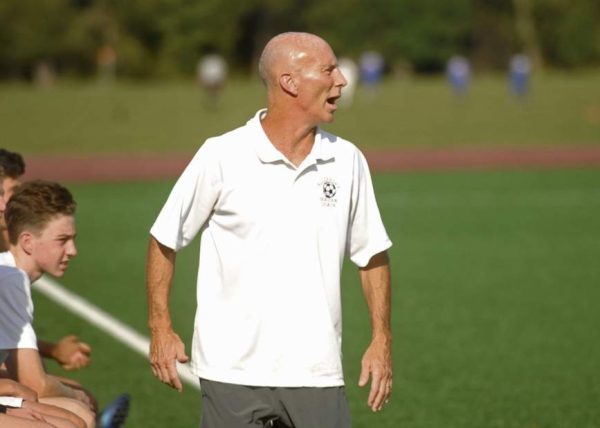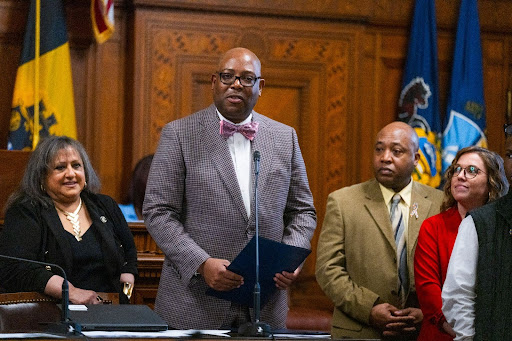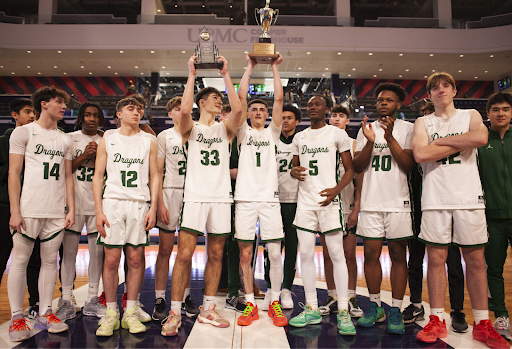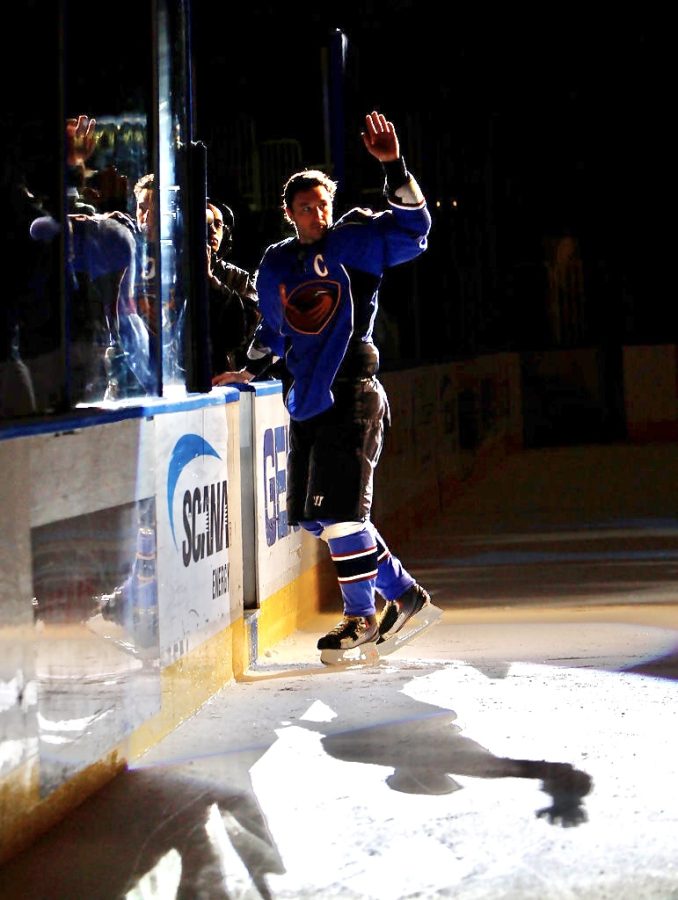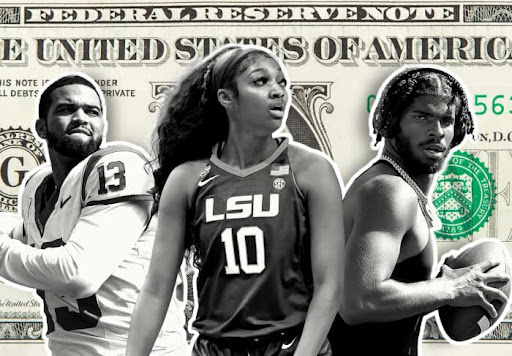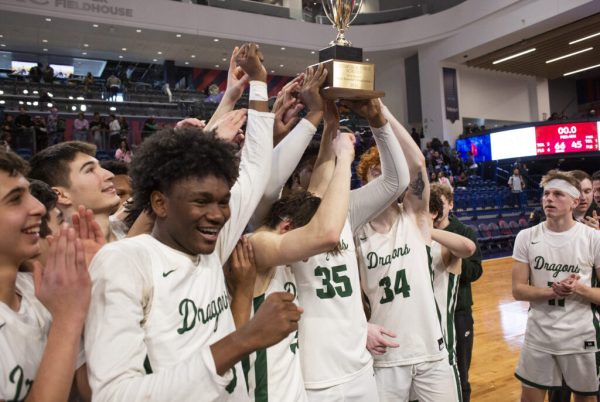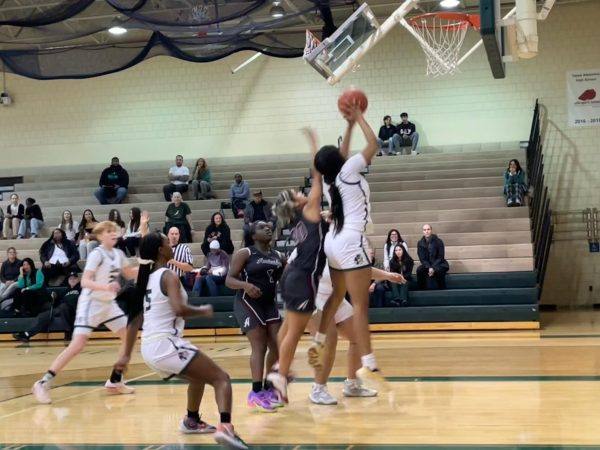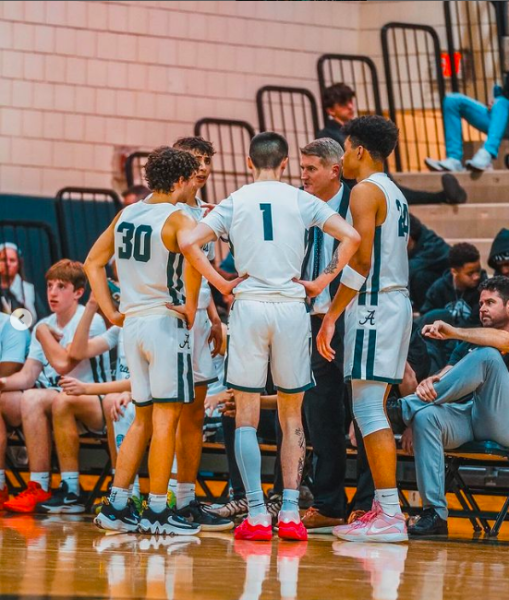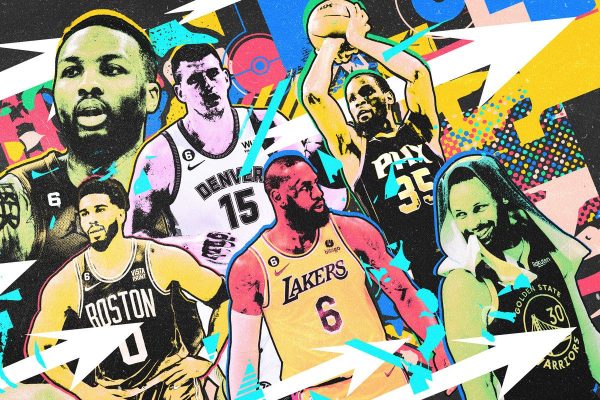How The Ilya Kovalchuk Trade Helped Kill The Atlanta Thrashers
I love sports history. I have always found it entertaining to immerse myself in the world of old stats, players, teams, and trades. In doing research for various other sports topics I fell down a rabbit hole that took me back in time over a decade.
Today, the Atlanta Thrashers are a mere afterthought to many, having been extinct for 12 years. But it’s always interesting to look back on how trades and transactions can make or break a team, and the Ilya Kovalchuk trade had made a huge, franchise-altering move on the team.
Ilya Kovalchuk was a star winger in the NHL for many years. At the peak of his career, he challenged Alex Ovechkin for the title of greatest goal scorer of his generation.
His offensive talent was unbelievably explosive (so much so that an NHL coach at one point accused him of playing with an illegal stick), and he was routinely named as one of the top players in the league.
His mere presence on the power play made any penalty killer fearful, and his patented one-time slap shot from the blue line constantly found itself in the back of the net.
The Atlanta Thrashers, however, were far less prolific. A struggling franchise since its inception, the Thrashers could never find proper footing as a team, and a horrid ownership group did not do the team any favors.
After a dreadful first two seasons in the league, the Thrashers held the first overall pick in the 2001 NHL Entry Draft, where they selected Ilya Kovalchuk.
He was the first Russian player to be drafted first overall, and was joining a team that at the time also featured Dany Heatley, the second overall pick from the year prior.
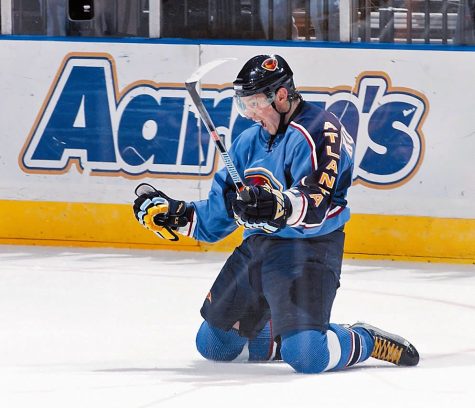
Kovalchuk made the jump immediately from Russia to the NHL, and in his rookie season as an 18 year old, he put up 29 goals and 22 assists in 65 games. He would finish second in Calder Trophy voting, placing behind his teammate Heatley, who was also in his rookie season in 2001-02.
He was an instant star, evident by his increasing numbers over the next few years of his career. After his sophomore season which featured 67 points, Kovy scored 43 goals in 2003-04, tying him for the league lead in goals, and giving him the honor of co-winning the Rocket Richard Trophy.
Despite the success of Kovalchuk, the Thrashers would still be years away from a playoff appearance.
Coming out of the 2004-05 lockout, Kovalchuk returned from Russia and rejoined the Thrashers, where he experienced career highs in goals (52) and points (98) as the Thrashers had put up their best season so far, but still found themselves on the outside looking in for the postseason.
Ironically, the year that Kovalchuk’s production dropped is the only year the Thrashers made the Stanley Cup Playoffs. The 2006-07 Thrashers won 43 games, a team record, and won the Southeast Division. Kovalchuk’s 76 points ranked third on the team, behind Marian Hossa’s 100 and Slava Kozlov’s 80. That trio was far and away the best forwards on the team, as the gap from Kovalchuk to fourth placed Scott Mellanby was a whopping 40 points.
The city was abuzz for their hockey team that had finally shown they could be competitive and make the postseason. After 8 years, their Thrashers were finally in the Stanley Cup Playoffs.
But in just six days, all of that excitement would be killed, as the Thrashers were swept in four games by the New York Rangers.
The early playoff exit was disappointing for the team, but had also set increased expectations for the club moving forward. After a harsh start to the 2007-08 season, Atlanta stood at 23-25-4 at the All Star Game (hosted in Atlanta that year), still with a chance to get back to the playoffs. But an 8 game losing streak shortly after had killed the season, and the Thrashers traded Hossa away to the Pittsburgh Penguins at the deadline for fear he wouldn’t re-sign in Atlanta.
During the off-season, the Thrashers became concerned they might not be able to re-sign Kovalchuk either. His contract was due up in a few years and the team had not made the kind of progress they had hoped.
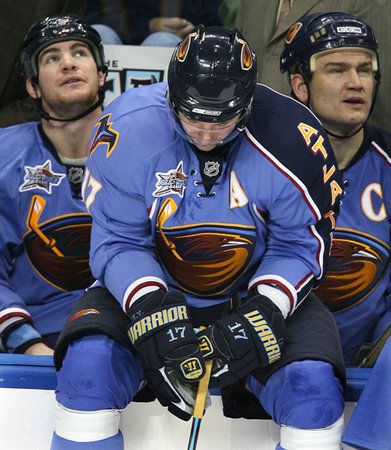
The Thrashers struggled out of the gate again in 2008-09, and Kovalchuk’s comments to a Russian newspaper shortly into the season implied he wasn’t satisfied with the way things were going in Atlanta.
The team made several moves to try and entice Kovalchuk to stay, including naming him the team’s 7th captain in franchise history during the 2008-09 season. Kovalchuk had served as one of five rotating alternates to start the year after the captaincy was left vacant when Bobby Holik departed the team in free agency.
Atlanta finished below the playoff line again in 2008-09, with Kovalchuk entering the final year of his deal. The team was more aggressive than usual in free agency, still hoping to convince Kovy to stay long term.
The Thrashers signed two of Kovalchuk’s fellow countrymen in Nik Antropov and Maxim Afinigenov. Antropov had put up back-to-back 50+ point seasons in Toronto before signing in Atlanta, meanwhile Afinogenov was looking to bounce back from one of the worst seasons of his career in Buffalo.
Both players would fit in tremendously in Atlanta, with Antropov putting up 67 points and Afinogenov tallying 61 in their first years as Thrashers.
The Thrashers had actually started off the 2009-10 campaign decent, staying above .500 for a majority of the opening months of the season. But a 9 game losing streak that spanned late December and early January had plummeted them back to earth.
The Thrashers were still desperate to re-sign Kovy, with general manager Don Waddell offering him both a 12 year, $101 million dollar deal and a 7 year, $70 million dollar deal, both of which Kovalchuk turned down.
Meanwhile, Atlanta Spirit Group, owners of the Thrashers, Atlanta Hawks, and Philips Arena, was coming apart at the seams. A five year dispute over the Hawks acquiring Joe Johnson in a trade led to the majority of owners in the group wanting to buy out Steve Belkin, who owned a 30% stake.
Atlanta Spirit had brought in Atlanta-based law firm King & Spalding to try and negotiate a deal that would allow them to boot Belkin, but had become dissatisfied with what they called “egregious errors.”
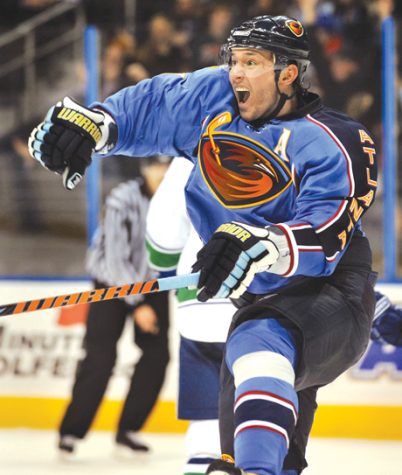
Amongst the legal problems surrounding Atlanta Spirit, it was revealed that the group had lost $130 million since 2005, and the dispute with Belkin had supposedly ruined the group’s plans to rid themselves of the Thrashers long ago.
Kovalchuk was reportedly worried about the team’s long term future, and was concerned that the team might not be around at the end of a long term deal he signed.
Then in February of 2010, it was decision time: keep Ilya Kovalchuk, and risk losing him in the offseason to free agency, or find a partner and trade away the most iconic Thrasher in history.
Atlanta stood at 24-23-8 (56 points) on February 4, 2010, when they decided it was time to move on. Atlanta traded their captain to the New Jersey Devils in an earth-shattering deal. The complete trade was:
To New Jersey:
Forward Ilya Kovalchuk
Defenseman Anssi Salmela
Atlanta’s 2010 second round pick
To Atlanta:
Forward Niclas Bergfors
Forward Patrice Cormier
Defenseman Johnny Oduya
New Jersey’s 2010 first round pick
New Jersey’s 2010 second round pick
This trade is extremely intriguing when you look at the remaining careers of each player involved, but this was the trade that altered the course of the team the rest of their days in Atlanta, but maybe not for the reasons you think.
Atlanta was a competitive team in 2009-10, and were in serious talks for a potential playoff spot. Obviously trading away the team’s best player is going to alter the team, but what if it cost them a playoff spot?
Had the Thrashers retained Kovalchuk, would they have made the 2010 Stanley Cup Playoffs?
Stay with me here: Atlanta finished 5 points out of the playoff picture at season’s end. Just 5 small points out of the last playoff spot in the East.
Atlanta went 11-11-5 after the Kovalchuk trade. They played respectable hockey and did not fall apart as one might have predicted after the trade.
Eight of Atlanta’s 16 total losses down the stretch were one-goal games. But if Kovalchuk was still a Thrasher, would Atlanta have been able to win some of those games?
They would not have had to do all that much. Winning just three of those regulation losses would have put them ahead of either Philadelphia or Montreal for the last playoff spot. Winning just one or two of those regulation loss games and flipping overtime results in another one or two would have gotten the job done as well.
Kovalchuk’s production did take a hit upon arrival in New Jersey, but while he was in Atlanta had scored 31 goals in 49 games.
He was on pace to hit 50 for the third time in his career before the trade, and the Thrashers could have used his abilities to light the lamp down the stretch.
Kovalchuk’s goal production slowed a little, only 10 goals in 27 games, but he did tally 17 assists as well. He likely would have scored a few more goals had he stayed the full year in Atlanta.
His 27 points would have helped the Thrashers during their playoff push, especially when you consider he just edges out the combined point totals of both Bergfors and Oduya upon arrival in Atlanta (Cormier had not made the NHL yet).
A playoff spot was possible.
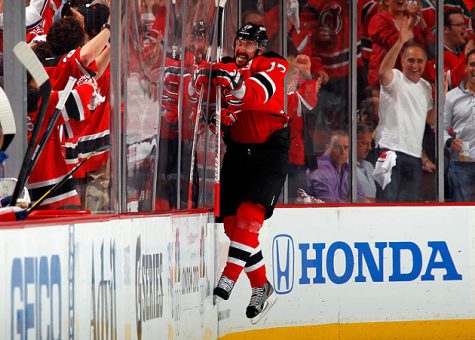
I’m not saying the Thrashers would have gone on a Stanley Cup run or anything even close, but if it was ever the time for the Thrashers to surprise people, it was 2010.
The 2010 Stanley Cup Playoffs were FULL of upsets in the East. The Eastern Conference Finals ironically featured both of the teams the Thrashers could have overtaken in the playoff race: the 7-seed Flyers and the 8-seed Canadiens.
Let’s say the Thrashers win a round. Hell, let’s say they even win a single playoff game. That buzz comes back. That excitement comes back.
A turnaround for the team’s on-ice performance could have helped provide more team support when they needed it the most. In the year of their playoff appearance and the years that bookend it, Atlanta’s attendance looked like this:
2005-06: 15,550 fans on average, 23rd in the league
2006-07: 16,240 fans on average, 21st in the league
2007-08: 15,831 fans on average, 22nd in the league
Sure, their numbers were never near the top of the league, but at their peak performance, they were well out of the basement.
But above all, if the Thrashers make the playoffs and experience some success, perhaps Ilya Kovalchuk stays after all.
Kovalchuk was not pleased with the trajectory of the Thrashers during his tenure there—rightfully so. But if the Thrashers get in and make some noise in 2010, perhaps management can sell him on their vision and finally get him to sign a long-term deal.
And if this team gets that momentum from a long term deal for Kovy and playoff appearances, who knows what could have happened. Maybe they’d still be in Atlanta today. Maybe that extra playoff revenue and a renewed interest in the team would have made a real difference.
Or maybe none of it would have mattered for Kovalchuk. Maybe he would have left in the off-season anyways, maybe that long-term deal was just never meant to be.
And if you absolutely had to trade away Kovy, you better be sure you’re getting good value back. The Thrashers did not.
You can make the argument that the trade worked out at least semi-well because of how they flipped those two New Jersey picks and packaged them in that 2010 summer Dustin Byfuglien deal (made under a new GM for Atlanta in Rick Dudley), but I want to focus on the actual players they received in the trade: Oduya, Bergfors, and Cormier.
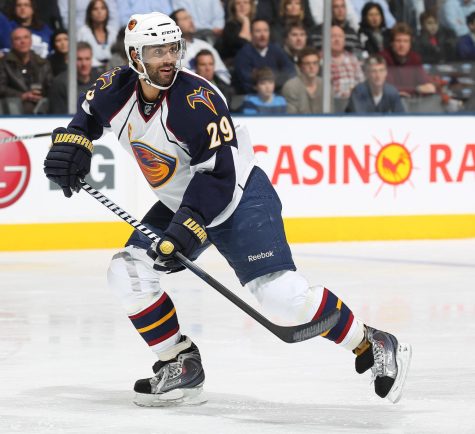
Johnny Oduya struggled for the most part in Atlanta. He had his moments, but was far from the top-four defensive star that Don Waddell had drummed him up to be. Oduya tallied 9 points in 27 games to close out the 2009-10 season, but his first full year in Atlanta did not go as well. He tallied 14 points on the year, but was also a -15, which was fourth worst on the team.
Niclas Bergfors was a decent forward for the Thrashers, but he didn’t last long in Atlanta or the NHL. After finishing the 2009-10 campaign with 17 points in 27 games, he was flipped at the 2011 trade deadline for rental forward Radek Dvorak, who had only 1 assist in 13 games for the team. He spent the 2011-12 season in Nashville before leaving to play in the KHL, Russia’s top pro league.
Patrice Cormier was a, uh, controversial player at the time of his acquisition. He had been suspended just a few weeks prior for the remainder of the Quebec Major Junior Hockey League season and playoffs after a vicious elbow hit he laid out on Michael Tam, which knocked Tam out and sent his body into convulsions.
He played in 21 games for the Thrashers in 2010-11, but with only 1 goal and 1 assist. He would be called up several times when the team became the Winnipeg Jets, but never broke through in the NHL. Cormier played just 52 total games in the NHL for the Thrashers/Jets.
Even if the trade route was the only option for Kovy, and management at the time understandably felt as though it was, the trade was one that forever changed the team, a team that was in their final days playing in Atlanta.
None of the players acquired for Atlanta’s captain and franchise leader in goals, assists, and points, did not fit up to the bill of the legendary Kovy.
In the spring of 2011, Atlanta Spirit, still operating as a tire fire, sold the team to True North Sports & Entertainment, who relocated the team to Winnipeg and turned them into the second iteration of the Winnipeg Jets.
Ownership was the ultimate downfall of the Atlanta Thrashers.
It was predictably hard to rally support from anyone who could help for a team that continued to flounder even in a weak division. But if they make the playoffs back in 2010, does all of that start to change?
Alex Kiger is a Senior at Pittsburgh Allderdice High School. He is the Sports Editor at The Foreword from 2021 to 2023. In his free time he can often be...

